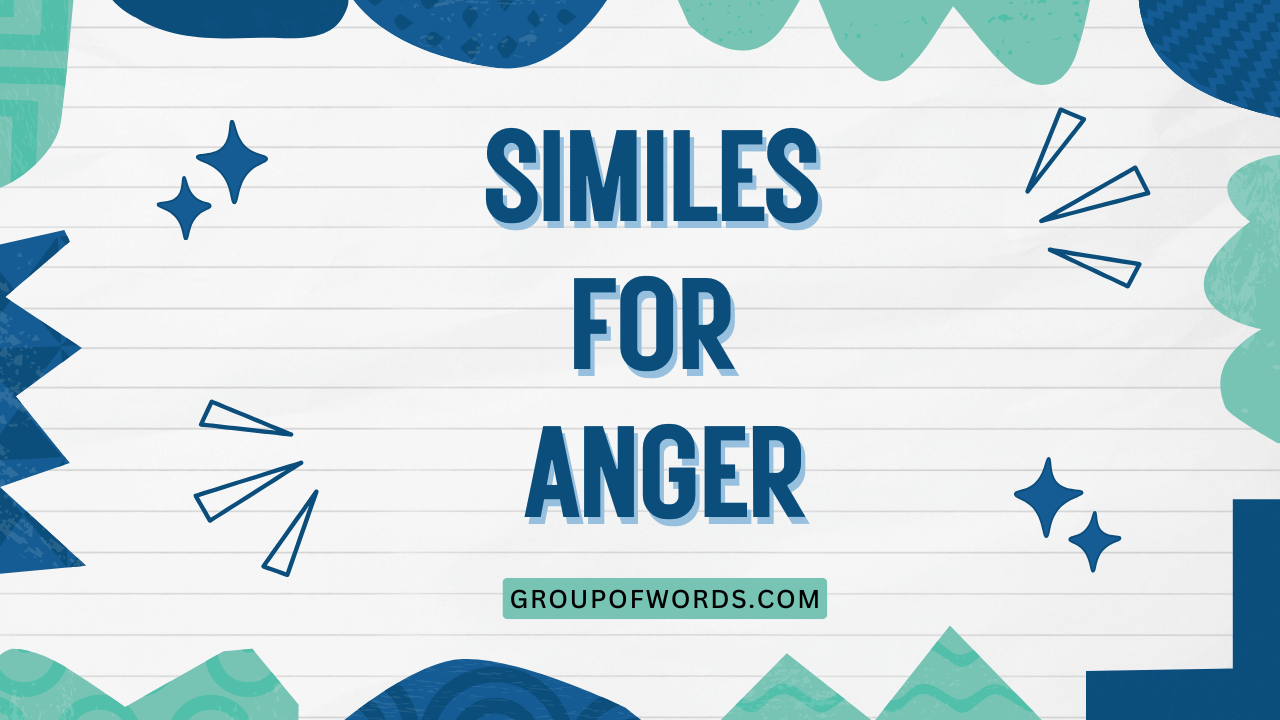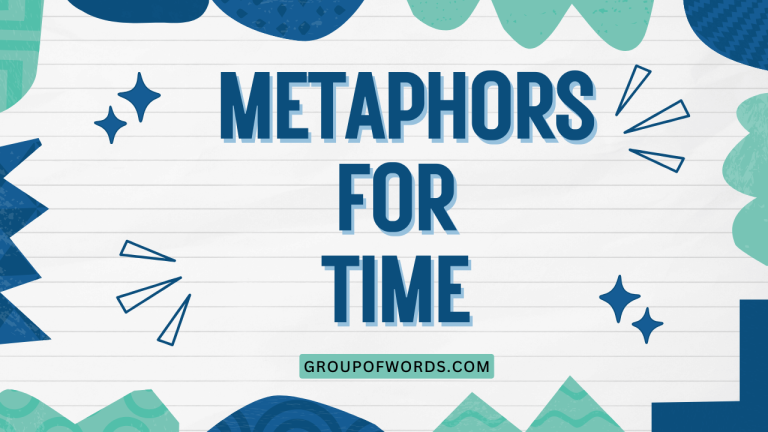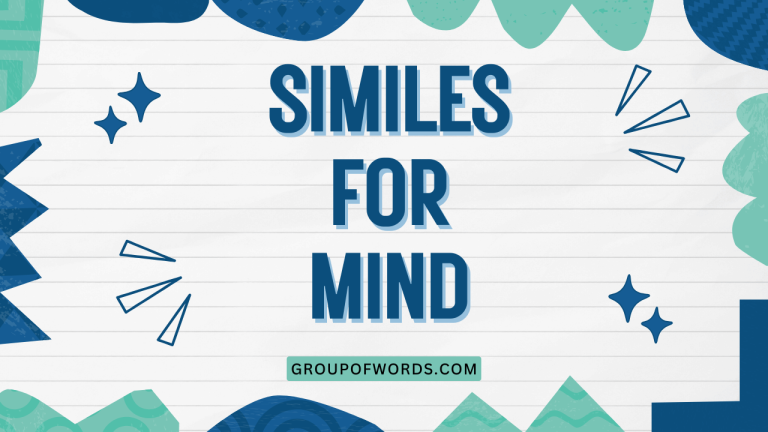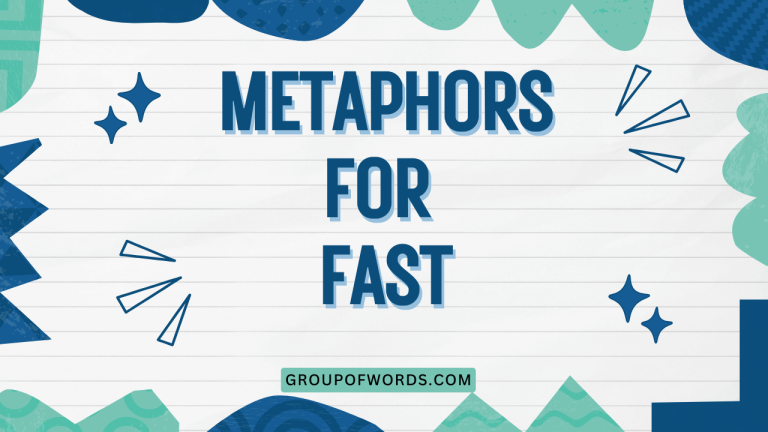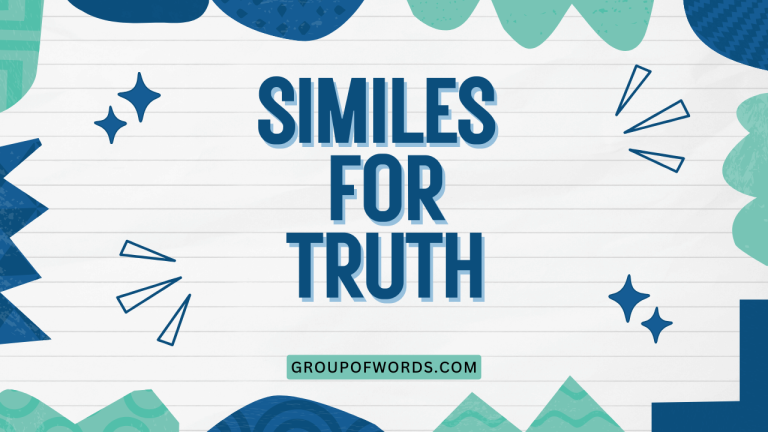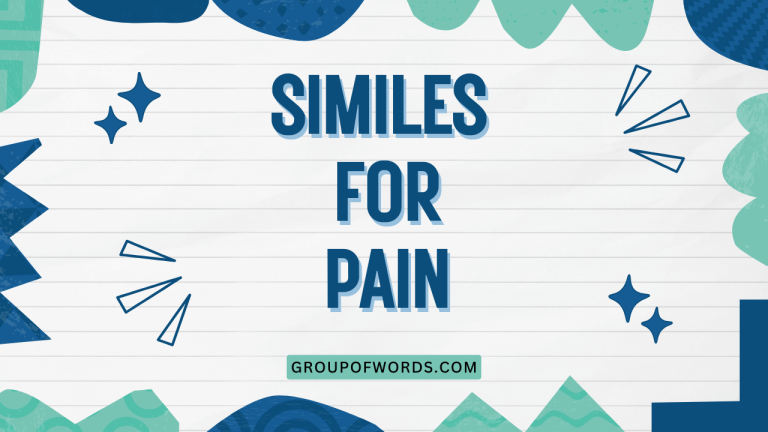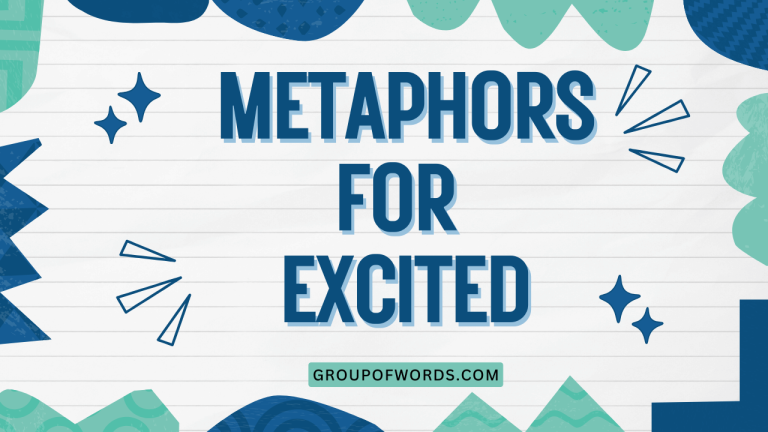Similes for Anger: A Comprehensive Guide
Understanding how to express anger effectively and creatively is a crucial aspect of mastering the English language. Similes, figures of speech that compare two unlike things using “like” or “as,” provide a powerful tool for conveying the intensity and nuances of anger.
This article delves into the world of similes for anger, exploring their structure, various types, and usage rules. Whether you are a student, writer, or simply someone looking to enhance your vocabulary, this guide will equip you with the knowledge and skills to use similes to express anger with precision and impact.
Table of Contents
- Introduction
- Definition of Simile
- Structural Breakdown of Similes
- Types of Similes for Anger
- Examples of Similes for Anger
- Usage Rules for Similes
- Common Mistakes with Similes
- Practice Exercises
- Advanced Topics in Similes
- Frequently Asked Questions
- Conclusion
Introduction
Expressing anger effectively is a vital communication skill. Similes offer a vivid and creative way to articulate this powerful emotion.
By comparing anger to other familiar concepts, similes allow us to convey the intensity, nature, and impact of anger in a more relatable and impactful manner. This article is designed to provide a comprehensive understanding of similes for anger, covering their definition, structure, types, usage rules, common mistakes, and advanced applications.
Whether you’re a student, writer, or language enthusiast, this guide will help you master the art of using similes to express anger with precision and creativity.
Definition of Simile
A simile is a figure of speech that directly compares two unlike things using the words “like” or “as.” The purpose of a simile is to create a vivid image in the reader’s mind and to emphasize a particular quality or characteristic that the two things share. Similes make language more descriptive and engaging by drawing connections between seemingly disparate concepts. They are a fundamental tool in both creative writing and everyday communication, enabling us to express complex ideas and emotions in a clear and relatable way.
In the context of expressing anger, similes help to convey the intensity, nature, and impact of the emotion by comparing it to something else that evokes a similar feeling. For example, saying someone is “as angry as a hornet” paints a picture of their agitation and potential aggression.
This is more impactful than simply stating that the person is angry. Similes can be classified based on the specific aspect of anger they emphasize, such as intensity, duration, or outward manifestation.
Structural Breakdown of Similes
A simile typically consists of three main components: the subject, the linking word (like or as), and the object of comparison. The subject is the thing being described (in this case, anger or an angry person). The linking word establishes the comparison. The object of comparison is something that shares a similar quality or characteristic with the subject. Understanding these components is crucial for constructing effective and meaningful similes.
The structure can be represented as follows: Subject + Linking Word (like/as) + Object of Comparison. For instance, in the simile “He was as furious as a raging bull,” “He” is the subject, “as” is the linking word, and “a raging bull” is the object of comparison. The effectiveness of a simile depends on the strength and relevance of the comparison. A well-chosen object of comparison will resonate with the reader and create a vivid impression of the subject’s anger.
Types of Similes for Anger
Similes for anger can be categorized based on the specific aspect of anger they emphasize. These categories include similes that focus on the intensity of anger, the outward manifestations of anger, the duration of anger, and the underlying causes of anger. Understanding these different types can help you choose the most appropriate simile to convey the specific nuance of anger you wish to express.
Similes Emphasizing Intensity
These similes focus on the degree or strength of anger. They often use comparisons to things that are known for their power or explosiveness.
Examples include “as angry as a volcano,” “as furious as a storm,” and “like a bomb about to explode.” These similes are useful for conveying a sense of extreme rage or fury.
Similes Emphasizing Outward Manifestations
These similes describe how anger is expressed or displayed outwardly. They often focus on physical signs or behaviors associated with anger, such as shouting, trembling, or glaring.
Examples include “red in the face like a tomato,” “shaking like a leaf,” and “glaring like a hawk.” These similes help to paint a picture of the physical effects of anger.
Similes Emphasizing Duration
These similes highlight how long the anger lasts. They may compare anger to something that persists or fades over time.
Examples include “anger that lingered like a dark cloud,” “a rage that burned like a short fuse,” and “as resentful as a long-held grudge.” These similes help to convey the temporal dimension of anger.
Similes Emphasizing Underlying Causes
These similes suggest the reasons or triggers behind the anger. They often use comparisons to situations or events that are known to provoke anger.
Examples include “feeling like a caged animal,” “as frustrated as a child who can’t reach a toy,” and “like a pot about to boil over.” These similes provide insight into the source or motivation of the anger.
Examples of Similes for Anger
The following tables provide extensive examples of similes for anger, organized by the categories discussed above. Each table contains a variety of similes to illustrate the different ways in which anger can be expressed using this figure of speech.
These examples will help you to expand your vocabulary and to develop a deeper understanding of how similes can be used to convey the nuances of anger.
Table 1: Similes Emphasizing Intensity of Anger
This table presents similes that focus on the intensity of anger, showcasing comparisons to powerful and explosive entities.
| Simile | Explanation |
|---|---|
| As angry as a hornet | Implies a quick and stinging anger. |
| As furious as a storm | Suggests a violent and destructive anger. |
| Like a volcano about to erupt | Indicates a buildup of anger that is about to explode. |
| As mad as a wet hen | Describes a state of intense irritation. |
| As enraged as a bull seeing red | Implies uncontrollable and violent anger. |
| Burning like a wildfire | Suggests a rapidly spreading and destructive anger. |
| As wrathful as an Old Testament prophet | Indicates a righteous and severe anger. |
| Seething like a cauldron | Suggests a simmering and intense anger. |
| As indignant as a wrongly accused person | Describes anger fueled by a sense of injustice. |
| Fuming like a locomotive | Expresses visible and intense anger. |
| As bitter as gall | Indicates a deep and resentful anger. |
| Boiling like a kettle | Suggests a building, almost explosive anger. |
| As irate as a bear poked with a stick | Implies easily provoked and fierce anger. |
| Raging like a hurricane | Suggests a devastating and uncontrollable anger. |
| As livid as a bruise | Describes an intense, almost physical anger. |
| Like a powder keg ready to blow | Indicates a highly volatile and dangerous anger. |
| As cross as two sticks | Expresses a simple, but noticeable anger. |
| As testy as a toddler denied a treat | Suggests a childish and easily triggered anger. |
| Seething like a snake | Implies a hidden, but intense anger. |
| As ballistic as a missile | Indicates a direct and powerful expression of anger. |
| As uptight as a coiled spring | Describes a tense and constrained anger. |
| As fierce as a lioness protecting her cubs | Suggests a protective and powerful anger. |
| As ballistic as a rocket | Expresses explosive and uncontrolled anger. |
| As incensed as a mob | Implies a collective and powerful anger. |
| As ferocious as a wolverine | Describes a relentless and brutal anger. |
Table 2: Similes Emphasizing Outward Manifestations of Anger
This table presents similes that focus on the outward signs and behaviors associated with anger, painting a vivid picture of its physical effects.
| Simile | Explanation |
|---|---|
| Red in the face like a tomato | Describes the flushed complexion caused by anger. |
| Shaking like a leaf | Indicates trembling due to anger. |
| Glaring like a hawk | Suggests an intense and piercing gaze. |
| Voice like thunder | Implies a loud and booming tone of voice. |
| Hands clenched like fists | Indicates a physical manifestation of tension and anger. |
| Pacing like a caged animal | Suggests restlessness and agitation. |
| Breathing heavily like an exhausted runner | Indicates physical exertion and emotional stress. |
| Eyes blazing like fire | Describes an intense and fiery gaze. |
| Stomping around like an elephant | Suggests a forceful and disruptive presence. |
| Face contorted like a gargoyle | Describes a distorted and unpleasant expression. |
| As quiet as a viper | Implies a dangerous and suppressed anger. |
| Teeth gritted like sandpaper | Suggests a barely controlled and grinding anger. |
| As silent as the grave | Indicates a suppressed and ominous anger. |
| As still as a statue | Implies a frozen and controlled anger. |
| As cold as ice | Describes a detached and emotionless anger. |
| As sharp as a tack | Suggests a cutting and pointed anger. |
| As brittle as glass | Indicates a fragile and easily broken anger. |
| As tight as a drum | Implies a tense and strained anger. |
| As dark as night | Describes a somber and brooding anger. |
| As volatile as nitroglycerin | Suggests an unpredictable and explosive anger. |
| As explosive as dynamite | Indicates a sudden and destructive outburst of anger. |
| As turbulent as a storm-tossed sea | Describes a chaotic and overwhelming anger. |
| As thunderous as a waterfall | Suggests a powerful and overwhelming expression of anger. |
| As volcanic as Mount Vesuvius | Indicates a potentially catastrophic and explosive anger. |
| As searing as a branding iron | Describes a painful and unforgettable anger. |
Table 3: Similes Emphasizing Duration of Anger
This table presents similes that focus on how long anger lasts, highlighting its persistence or transience.
| Simile | Explanation |
|---|---|
| Anger that lingered like a dark cloud | Suggests a persistent and oppressive anger. |
| A rage that burned like a short fuse | Indicates a quick and intense but short-lived anger. |
| As resentful as a long-held grudge | Describes a deep-seated and enduring anger. |
| Anger that simmered like a slow-burning fire | Implies a persistent and underlying anger. |
| A fury that faded like a passing storm | Suggests an intense but temporary anger. |
| Wrath that smoldered like embers | Indicates a lingering and subdued anger. |
| Anger that festered like an unhealed wound | Describes a growing and painful anger. |
| A rage that erupted and then quickly subsided like a summer storm | Suggests a sudden and short-lived outburst of anger. |
| Resentment that clung like a stubborn stain | Indicates a persistent and difficult-to-remove anger. |
| Anger that grew like a weed | Implies an uncontrolled and invasive anger. |
| As fleeting as a summer breeze | Suggests a very temporary anger. |
| Like a slow poison | Indicates a slowly building and destructive anger. |
| As permanent as a tattoo | Describes an anger that is difficult to erase. |
| Like a ticking time bomb | Suggests an anger that is building up to an explosion. |
| As persistent as a dripping faucet | Implies an irritating and ongoing anger. |
| Like a slow-motion train wreck | Indicates an anger that is unfolding gradually and inevitably. |
| As enduring as the mountains | Describes an anger that is long-lasting and immutable. |
| Like a flash in the pan | Suggests an anger that is intense but brief. |
| As constant as the North Star | Implies an unwavering and persistent anger. |
| Like a long winter night | Indicates a prolonged and oppressive anger. |
Table 4: Similes Emphasizing Underlying Causes of Anger
This table presents similes that focus on the reasons or triggers behind anger, providing insight into its source and motivation.
| Simile | Explanation |
|---|---|
| Feeling like a caged animal | Suggests a sense of confinement and frustration. |
| As frustrated as a child who can’t reach a toy | Describes a feeling of helplessness and annoyance. |
| Like a pot about to boil over | Indicates a buildup of pressure and tension. |
| Feeling like a pressure cooker | Suggests a buildup of internal pressure and stress. |
| As trapped as a fly in a spiderweb | Describes a feeling of being caught and helpless. |
| Feeling like a puppet on a string | Suggests a lack of control and manipulation by others. |
| As stifled as a plant in the dark | Describes a feeling of being suppressed and unable to grow. |
| Feeling like a ship without a rudder | Suggests a lack of direction and control. |
| As helpless as a babe in the woods | Describes a feeling of vulnerability and lack of support. |
| Feeling like a prisoner in their own mind | Suggests a sense of mental confinement and torment. |
| Like a broken promise | Indicates a betrayal of trust and expectation. |
| As vulnerable as a newborn | Describes a feeling of defenselessness and exposure. |
| Feeling like a deflated balloon | Suggests a loss of energy and enthusiasm. |
| As empty as a hollow shell | Describes a feeling of emptiness and lack of fulfillment. |
| Feeling like a shattered mirror | Suggests a broken sense of self and identity. |
| As lost as a needle in a haystack | Describes a feeling of being overwhelmed and without direction. |
| Feeling like a drop in the ocean | Suggests a sense of insignificance and powerlessness. |
| As disposable as yesterday’s news | Describes a feeling of being undervalued and forgotten. |
| Feeling like a cog in a machine | Suggests a lack of individuality and autonomy. |
| As invisible as a ghost | Describes a feeling of being ignored and overlooked. |
Usage Rules for Similes
Using similes effectively requires attention to several key rules. First, ensure that the comparison is relevant and meaningful. The object of comparison should share a clear and recognizable quality with the subject. Second, avoid clichés. Overused similes can sound trite and unoriginal. Instead, strive for fresh and imaginative comparisons.
Third, consider the context. The appropriateness of a simile depends on the situation and the audience. A simile that works well in one context may be inappropriate in another. Fourth, maintain clarity. The simile should enhance understanding, not confuse the reader. If the comparison is too obscure or convoluted, it will detract from the overall message. Finally, use similes sparingly. Overusing similes can make your writing sound forced and artificial.
Common Mistakes with Similes
One common mistake is confusing similes with metaphors. While both are figures of speech that make comparisons, similes use “like” or “as,” whereas metaphors directly equate two things without using these words.
For example, “He is like a lion” is a simile, while “He is a lion” is a metaphor. Another mistake is using weak or irrelevant comparisons.
A simile should create a strong and vivid image in the reader’s mind. A weak comparison will fail to achieve this effect.
Another frequent error is using mixed metaphors or similes. This occurs when the comparison is inconsistent or nonsensical.
For example, saying “He was as angry as a volcano and as cool as a cucumber” creates a conflicting and confusing image. Finally, overuse of similes can weaken your writing.
Use them sparingly to add emphasis and clarity, not to clutter your prose.
Below are some examples of common mistakes with similes, along with corrections:
| Incorrect | Correct | Explanation |
|---|---|---|
| He is anger. | He is like a volcano. | The first sentence is a metaphor, not a simile. The second uses “like” to make a comparison. |
| She was as angry as a house. | She was as angry as a hornet. | A house is not typically associated with anger, making the comparison weak. |
| He was as angry as a volcano, but he was cool as a cucumber. | He was as angry as a volcano. | This mixes two conflicting similes, creating a confusing image. |
| The essay was filled with similes, like a crowded bus. It was also like a chaotic market. | The essay used several effective similes to illustrate its points. | Overuse of similes can make writing sound forced. |
Practice Exercises
Test your understanding of similes for anger with the following exercises. Identify the type of simile used in each sentence, or create your own similes based on the given prompts.
These exercises will help you to solidify your knowledge and to improve your ability to use similes effectively.
Exercise 1: Identifying Types of Similes
Identify the type of simile (Intensity, Outward Manifestation, Duration, or Underlying Cause) used in each of the following sentences.
| Question | Answer |
|---|---|
| 1. His anger lingered like a dark cloud. | Duration |
| 2. She was red in the face like a tomato. | Outward Manifestation |
| 3. He felt like a caged animal. | Underlying Cause |
| 4. She was as furious as a storm. | Intensity |
| 5. His voice was like thunder. | Outward Manifestation |
| 6. The rage burned like a short fuse. | Duration |
| 7. He was as mad as a wet hen. | Intensity |
| 8. She felt as trapped as a fly in a spiderweb. | Underlying Cause |
| 9. He was shaking like a leaf. | Outward Manifestation |
| 10. The resentment clung like a stubborn stain. | Duration |
Exercise 2: Creating Similes
Create a simile for anger based on each of the following prompts.
| Prompt | Example Answer |
|---|---|
| 1. Describe the intensity of anger using a natural disaster. | His anger was like a raging hurricane, destroying everything in its path. |
| 2. Describe the outward manifestation of anger using an animal. | She glared like a hawk, her eyes piercing and unforgiving. |
| 3. Describe the duration of anger using a weather phenomenon. | The anger lingered like a persistent drizzle, dampening everyone’s spirits. |
| 4. Describe the underlying cause of anger using a common object. | He felt like a pressure cooker, ready to explode at any moment. |
| 5. Describe the intensity of anger using a weapon. | Her words were like daggers, each one piercing his heart. |
| 6. Describe the outward manifestation of anger using fire. | His face was ablaze with anger, his eyes burning like embers. |
| 7. Describe the duration of anger using a season. | The anger persisted like a long, cold winter, with no end in sight. |
| 8. Describe the underlying cause of anger using a feeling. | He felt as helpless as a babe in the woods, fueling his frustration and rage. |
| 9. Describe an intense anger | He was as ballistic as a rocket launched into orbit. |
| 10. Describe a simmering anger | His resentment simmered like a pot left on a low burner for hours. |
Advanced Topics in Similes
For advanced learners, exploring the nuances of similes can involve examining their use in literature and rhetoric. Authors often use similes to create complex layers of meaning and to evoke specific emotional responses.
Analyzing the similes used by famous writers can provide valuable insights into the art of crafting effective comparisons. Additionally, understanding the rhetorical function of similes can enhance your ability to persuade and influence others through language.
Another advanced topic is the creation of original and unconventional similes. While it’s important to avoid clichés, it’s equally important to avoid comparisons that are too obscure or confusing.
The key is to strike a balance between originality and clarity. Experiment with different types of comparisons and consider the impact of your similes on the reader’s imagination.
Frequently Asked Questions
Here are some frequently asked questions about similes for anger:
- What is the difference between a simile and a metaphor?
A simile is a comparison using “like” or “as,” while a metaphor directly equates two things without using these words. For example, “He is like a lion” (simile) versus “He is a lion” (metaphor).
- How can I avoid using clichés in my similes?
Strive for originality by thinking of unique and unexpected comparisons. Consider the specific qualities you want to emphasize and look for objects or concepts that share those qualities in a fresh way.
- Is it possible to overuse similes in writing?
Yes, overuse of similes can make your writing sound forced and artificial. Use them sparingly to add emphasis and clarity, not to clutter your prose.
- How do I choose the right simile for a particular situation?
Consider the context, the audience, and the specific nuance of anger you want to convey. Choose a simile that is relevant, meaningful, and appropriate for the situation.
- Can similes be used in everyday conversation?
Yes, similes can be used effectively in everyday conversation to add color and emphasis to your speech. However, be mindful of your audience and the context.
- What makes a simile effective?
An effective simile is relevant, meaningful, clear, and original. It creates a vivid image in the reader’s mind and enhances understanding.
- Are there any cultural considerations when using similes?
Yes, some similes may be culturally specific and may not be universally understood. Be mindful of your audience and choose comparisons that are likely to resonate with them.
- How can I improve my ability to create effective similes?
Practice regularly, read widely, and pay attention to the similes used by skilled writers. Experiment with different types of comparisons and seek feedback on your work.
Conclusion
Mastering the art of using similes for anger can significantly enhance your ability to express this powerful emotion with precision and creativity. By understanding the structure, types, and usage rules of similes, you can craft vivid and impactful comparisons that resonate with your audience.
Remember to avoid clichés, consider the context, and use similes sparingly to maximize their effect. With practice and attention to detail, you can become proficient in using similes to convey the nuances of anger in both writing and speech.
This comprehensive guide has provided you with the knowledge and tools to confidently use similes for anger. Continue to explore and experiment with different comparisons to develop your own unique style.
By incorporating similes into your repertoire, you can add depth, color, and impact to your communication, making your expression of anger more effective and engaging.
